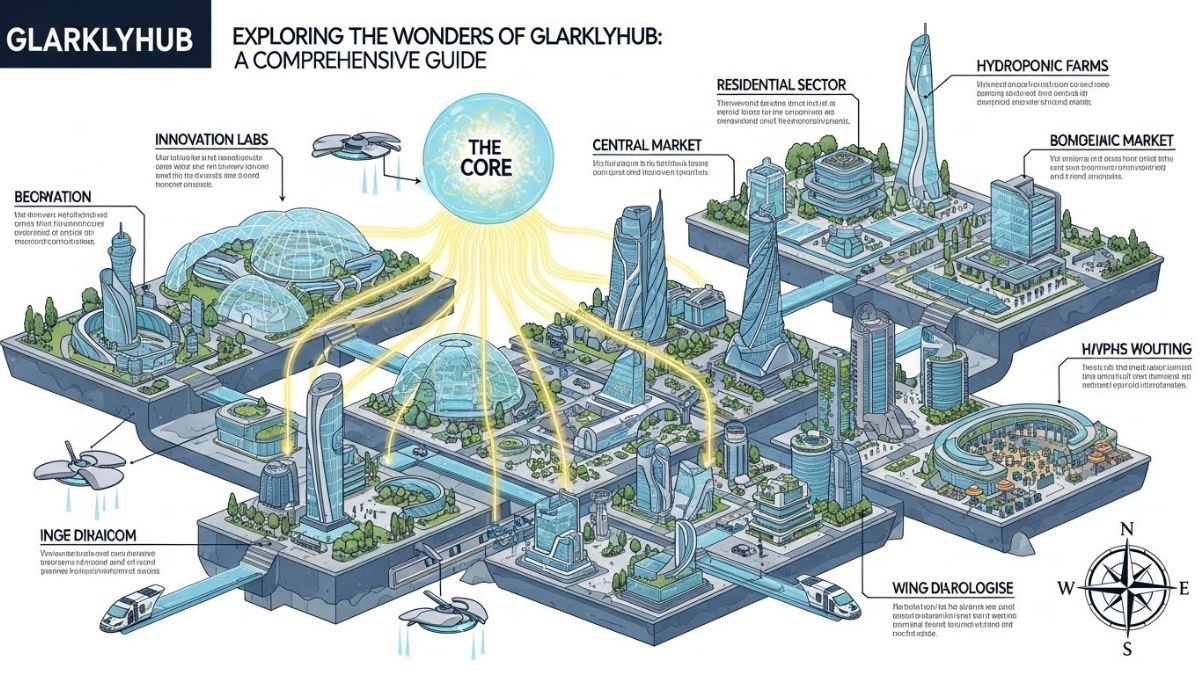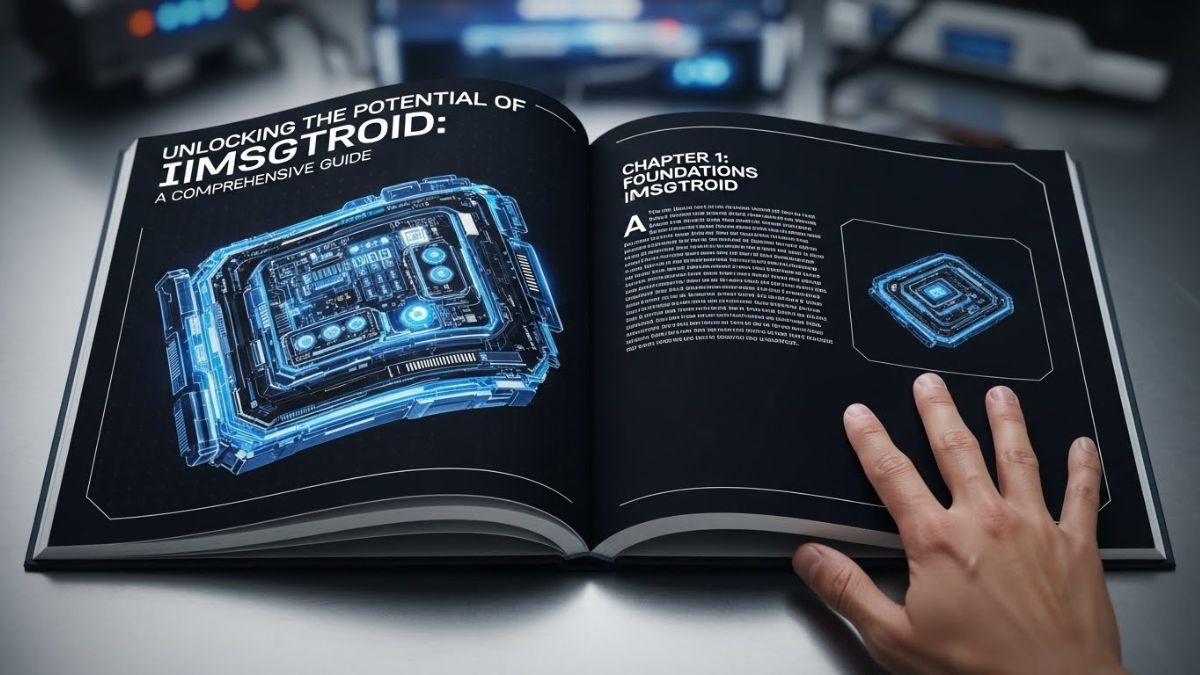When you consider the evolution of charging technology, you’ll notice intriguing parallels between Android USB-C chargers and EV charging station providers. Both started with fragmented standards, leading to user frustration, but have since moved toward more unified and efficient solutions. USB-C Power Delivery has revolutionized how quickly and reliably you can charge your Android devices, much like how protocols like CCS and CHAdeMO have enhanced EV charging. Yet, what’s driving these advancements, and how do they impact your daily life? Let’s explore the technological leaps and market forces shaping these essential charging systems.
Historical Overview
The evolution of charging technologies for both Android USB-C devices and electric vehicles (EVs) has been a fascinating journey marked by rapid advancements and significant milestones. In the early days, charging standards for mobile devices were fragmented, with various manufacturers using proprietary connectors making it a challenge to find the right charger. With the introduction of USB-C, a universal standard emerged, revolutionizing power delivery by allowing faster charging times and higher power throughput.
For EVs, the initial landscape was similarly disjointed. Early electric cars relied on low-capacity batteries and basic charging infrastructure, often limited to household outlets. As the demand for EVs grew, so did the need for standardized charging protocols. The introduction of the Combined Charging System (CCS) and CHAdeMO standards represented pivotal moments. These standards enabled interoperability among different EV brands, enhancing the power delivery capabilities and reducing charging times.
You’ve witnessed how these charging standards have evolved, creating a more seamless and efficient experience. USB-C now supports Power Delivery (PD) up to 100W, while modern EV chargers can deliver up to 350 kW, drastically cutting down charging times. This historical progression highlights the relentless push towards more unified and powerful charging solutions.
Technological Advancements
Building on the historical evolution, today’s technological advancements in Android USB-C chargers and EV charging stations showcase remarkable innovations that push the boundaries of speed, efficiency, and user convenience. Imagine walking into a cafe and placing your phone on a table embedded with wireless charging technology. No more fumbling for cables—just seamless power transfer. This kind of innovation isn’t just a luxury but a standard in many modern Android devices. Fast charging has also revolutionized how quickly you can power up. With USB-C Power Delivery, you can juice up your phone to 50% in just 30 minutes. This rapid pace means less downtime and more productivity.
For electric vehicles, fast charging stations have made long road trips feasible. Providers like Tesla’s Supercharger network can give you up to 200 miles of range in about 15 minutes. Moreover, both Android chargers and EV stations are integrating smart technology. You can monitor charging status, control energy consumption, and even schedule charging times via your smartphone. These advancements not only elevate user experience but also contribute to a more efficient and sustainable energy ecosystem.
Charging Efficiency
Charging efficiency has become a critical measure of performance for both Android USB-C chargers and EV charging stations, directly impacting user convenience and energy sustainability. When you look at the efficiency comparison between these two technologies, you’ll find intriguing differences and similarities. Android USB-C chargers have made significant strides in charging speed, often delivering a full charge in under an hour thanks to technologies like Qualcomm Quick Charge and USB Power Delivery. This rapid charging minimizes downtime and maximizes device availability, offering a seamless user experience.
On the other hand, EV charging stations face a more complex challenge. Given the sheer size of EV batteries compared to smartphone batteries, charging speed becomes a crucial factor. Level 2 chargers, typically found in homes and public spaces, can take several hours to deliver a full charge. However, DC fast chargers significantly cut this time, often replenishing an EV battery to 80% in just 30 minutes. Efficiency comparison reveals that while both technologies prioritize speed, the stakes are higher for EV chargers. They need to balance rapid charging with grid stability and battery longevity. In both cases, advancements are continually pushing the boundaries, aiming for faster and more efficient energy delivery.
User Experience
When it comes to user experience, the advancements in charging efficiency play a pivotal role in shaping everyday interactions with both Android USB-C chargers and EV charging stations. Imagine plugging in your Android device; you expect a quick, seamless charge without complications. This expectation stems from rigorous usability testing conducted by manufacturers to ensure customer satisfaction. They aim for intuitive designs, minimal setup, and robust performance.
Now, consider EV charging stations. User experience here is equally critical, if not more so. After all, you’re not just charging a phone; you’re fueling your vehicle. Providers invest heavily in usability testing to make the process straightforward. You’ll find that many public EV chargers feature user-friendly interfaces, clear instructions, and sometimes even dedicated apps to track your charging status. These elements contribute to a hassle-free experience, which is paramount for customer satisfaction.
However, both markets still face challenges. For Android USB-C chargers, issues like cable durability and compatibility can affect your experience. Similarly, EV stations must address concerns like charging speed and station availability. By continually refining their products through feedback and testing, both industries strive to enhance your daily interactions and overall satisfaction.
Market Dynamics
In the rapidly evolving landscape of charging technologies, understanding market dynamics is crucial to navigating both the Android USB C charger market and the burgeoning EV charging station sector. Let’s dive into the intricate world of pricing strategies and consumer preferences shaping these industries. For Android USB-C chargers, pricing strategies are often influenced by brand reputation, technological advancements, and manufacturing costs. Consumers have a strong preference for fast-charging capabilities and durability, driving brands to innovate relentlessly. In contrast, the EV charging station market faces unique challenges. Here, pricing strategies are dictated by infrastructure investments, energy costs, and government incentives. Consumer preferences lean heavily towards fast, reliable, and conveniently located charging stations, creating a competitive battleground for providers.
When it comes to competition analysis, the Android USB-C charger market is saturated with numerous players, from established brands to startups, each vying for a slice of market share through differentiation and innovation. Meanwhile, the EV charging station sector is witnessing fierce competition among a smaller number of key players, each investing heavily in expanding their network and enhancing service quality to capture market share. Understanding these dynamics helps you appreciate the complexities and strategic maneuvers driving the evolution of charging technologies.
Conclusion
In the evolution of charging, both Android USB-C chargers and EV charging stations have come a long way. Imagine you’re on a road trip, and your EV’s fast charger tops up your battery while your Android phone zips from 0 to 50% in minutes—thanks to USB-C Power Delivery. These advancements aren’t just about speed; they’re transforming our daily lives, making charging seamless and efficient. So, whether it’s your phone or car, charging has never been this easy and convenient.
ALSO READ: How do I grow my profile on GitHub?











